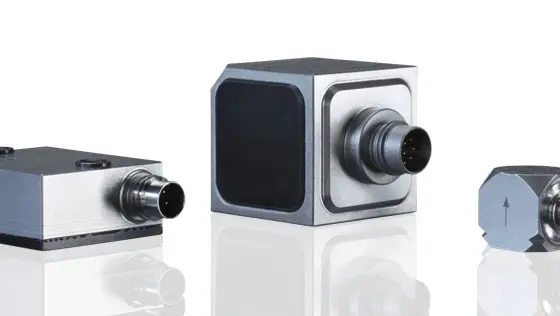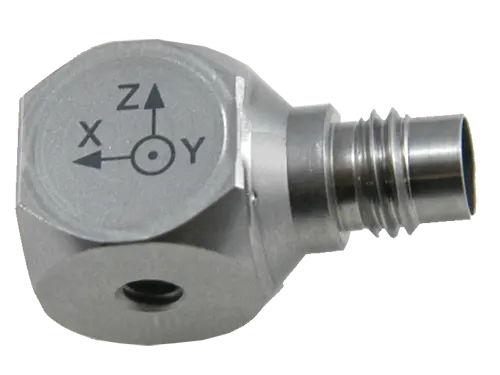What is an accelerometer?
An accelerometer – often also referred to as accelerometer sensor or acceleration sensor – is a measuring device that captures the acceleration of an object. Acceleration is a dynamic load caused by gravitation, vibration, or human actions. Accelerometers can be used in a variety of ways and applications, e.g. for vibration measurements. Today, most smartphones contain accelerometer sensors, for instance for display orientation recognition.

![In this video, Marine Dumont, Business Development Manager at Kistler, consults a customer on the phone on the selection of accelerometers. [object Object]](https://kistler.cdn.celum.cloud/SAPCommerce_Video_Preview_96x64/accelerometer-selection-for-testing-explained-in-7-minutes-46866-new.webp)




![[object Object] [object Object]](https://kistler.cdn.celum.cloud/SAPCommerce_CMSTeaser_560x375/936-248_web.webp)
![[object Object] [object Object]](https://kistler.cdn.celum.cloud/SAPCommerce_CMSTeaser_560x375/934-711_web.webp)